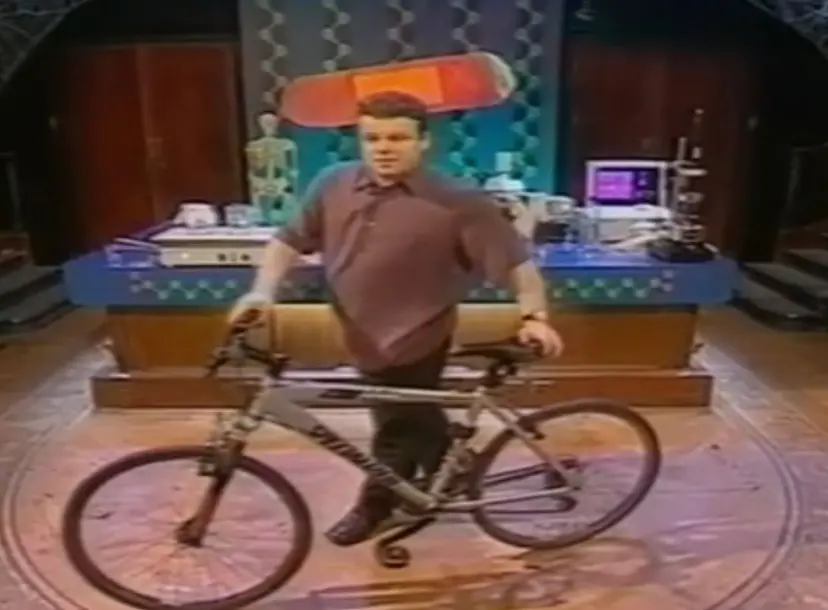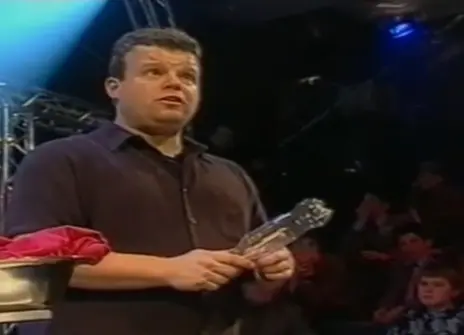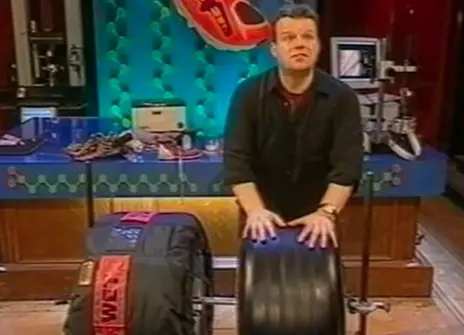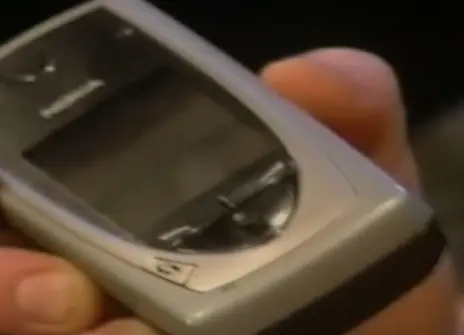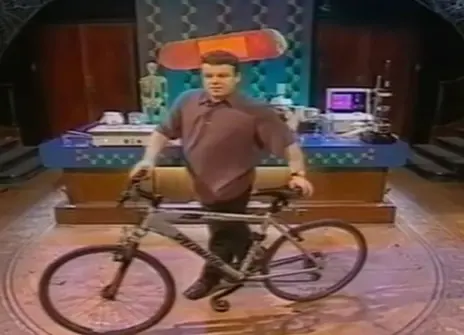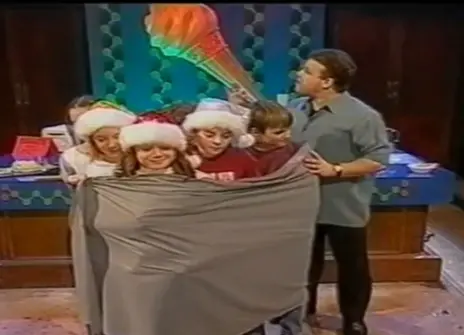Lecture 4 – The plaster that stretches life
From the 2002 autumn print programme:
What connects the sticky plaster with replacing damaged parts of our bodies?
Cut your finger? Then reach for the first aid kit. The humble plaster is one of the simplest steps on the road to repairing the damaged body, yet it is a marvel of chemical engineering - a miniature hospital, dispensing everything from antiseptics to aftercare. But how does the plaster stick, and will it hurt when it is pulled off? How does it allow the wound to breathe, while at the same time keeping it dry?
But plasters are just the beginning of our journey of repair. As we uncover more and more of the chemistry of our bodies, we are finding new ways of repairing the body and curing illness. We are now able to glue wounds together and grow skin to cover cuts and burns. We have engineered miniature scaffolds, allowing us to grow complex organs, such as noses and ears, on the lab bench. Medical care accounts for 25% of the economy and the figure is growing.
Why have we started to live longer in the last 200 years? Do toothpaste, shampoo and soap account for this greater life expectancy? How do they rid our bodies of dirt and disease? Or is this longevity due to antibiotics, prosthetics and gene therapy?
Might nanotechnology play a role in delivering magic bullets into our bodies ... could we really build submarines to zoom around our blood vessels?
This lecture explores the chemistry that maintains and improves our health.
About the 2002 CHRISTMAS LECTURES
Humankind’s ability to control and manipulate the atoms that make up the earth has enabled us to become the dominant species on the planet. From igniting fire with flints to sending text messages on mobile phones, everything we do and use involves a bit of chemical know-how.
This series of lectures will reveal the molecular miracles behind the everyday objects that define our modern world. From the planes, trains and trainers that get us from A to B, to the tasty burgers, chips and ice cream that refuel our bodies…everything around us is the product of ingenious chemical wizardry. Through unique experiments, demonstrations and audience participation events, this lecture series reveals the secrets of how it’s all done and contemplates how it could be done even better.
